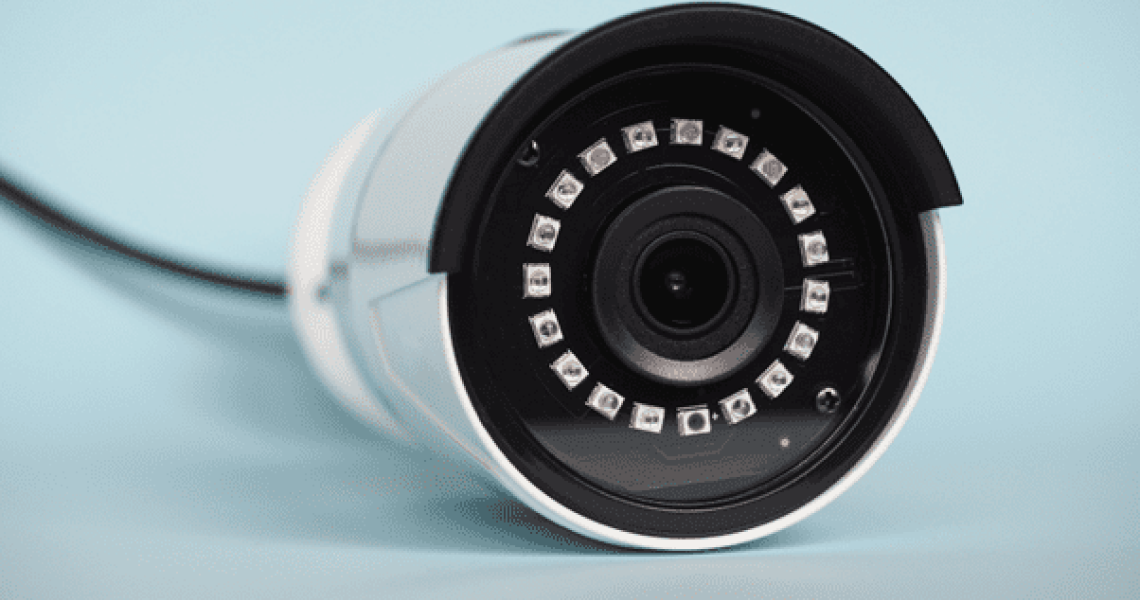Connected cameras: how much data does a security camera consume?

There are various security cameras available that can be connected to the Internet. Which cameras offer this feature? How do they compare? Here’s a brief overview to help you understand how they work, and what they consume in terms of data.
The benefits of internet-connected cameras for store surveillance
Video surveillance has been an essential part of the security system of every type of retail business for decades. Security cameras act as a deterrent and also provide evidence whenever shoplifting occurs.
The latest models of security cameras can be connected to the Internet over a 4G/5G network or WI-FI. They all offer similar benefits in terms of video surveillance:
- Continuous video surveillance, both day and night (depending on settings, power supply and internet connection);
- It’s possible to manage the monitoring device via an app and to receive alerts (sent to a smartphone, computer or tablet) in the event of a problem;
- Video surveillance can be optimised through the installation of Artificial Intelligence (AI), such as shoplifting detection software.
However, there are differences in the way 4G and WI-FI cameras work, especially in terms of their data consumption.
Differences between a 4G and a WI-FI camera
The main difference between a 4G and a WI-FI camera is that a 4G camera works with a mobile phone data plan + a GSM transmitter, while a WI-FI camera connects to a router (such as an Internet box).
With a 4G camera, the amount of data that can be transmitted and thus stored depends on the chosen mobile data plan (e.g. 100MB, 10GB, 100GB or unlimited). With WIFI, the amount of data is unlimited.
Some wireless 4G and WI-FI cameras can run on rechargeable batteries. This means that a 4G camera can be completely autonomous: it can even work if the power supply to the store is cut off, since it’s connected to the Internet via a mobile network. The WI-FI camera, on the other hand, can only work if the router is connected to a working power supply.
Storage capacity of security cameras
For both 4G and WI-FI cameras, the storage media used for saving video footage may be:
- An SD card;
- A USB flash drive;
- A CCTV recorder (connected to a server or the cloud).
Given the amount of footage that needs to be recorded on a daily basis, the best solution for in-store video surveillance is clearly a CCTV recorder. That way retailers will not have to delete old footage on a regular basis. Video footage can thus be kept for several weeks, which is useful if evidence is needed to back up a shoplifting charge when filing a complaint with police.
How much data does a 4G security camera consume?
Retailers who opt for a fully autonomous 4G camera should choose a mobile data plan that suits their needs. Please note that the level of data consumption is directly related to the performance of the security camera. The more powerful the camera, the more data it will consume.
For example, a camera producing high-definition images will require a lot of data. It’s important to bear in mind, however, that it will be rather difficult to do without this option, given that high-quality images are essential for video surveillance. For HD footage, the average data consumption rate is 1 to 2 MB per minute. N.B. 1,000 MB = 1 GB. For example, this means that:
- If the camera is operating on a continuous basis for 24 hours, it will consume between 1.5 and 3 GB;
- If it is operating 24/7, a minimum of 45-90 GB per month will be required.
Retailers can also choose not to have the 4G camera operating all the time, but to alternate with a WI-FI camera. If the 4G camera is only used 12 hours a day, 7 days a week, a monthly data plan of between 22 GB and 45 GB may suffice.



